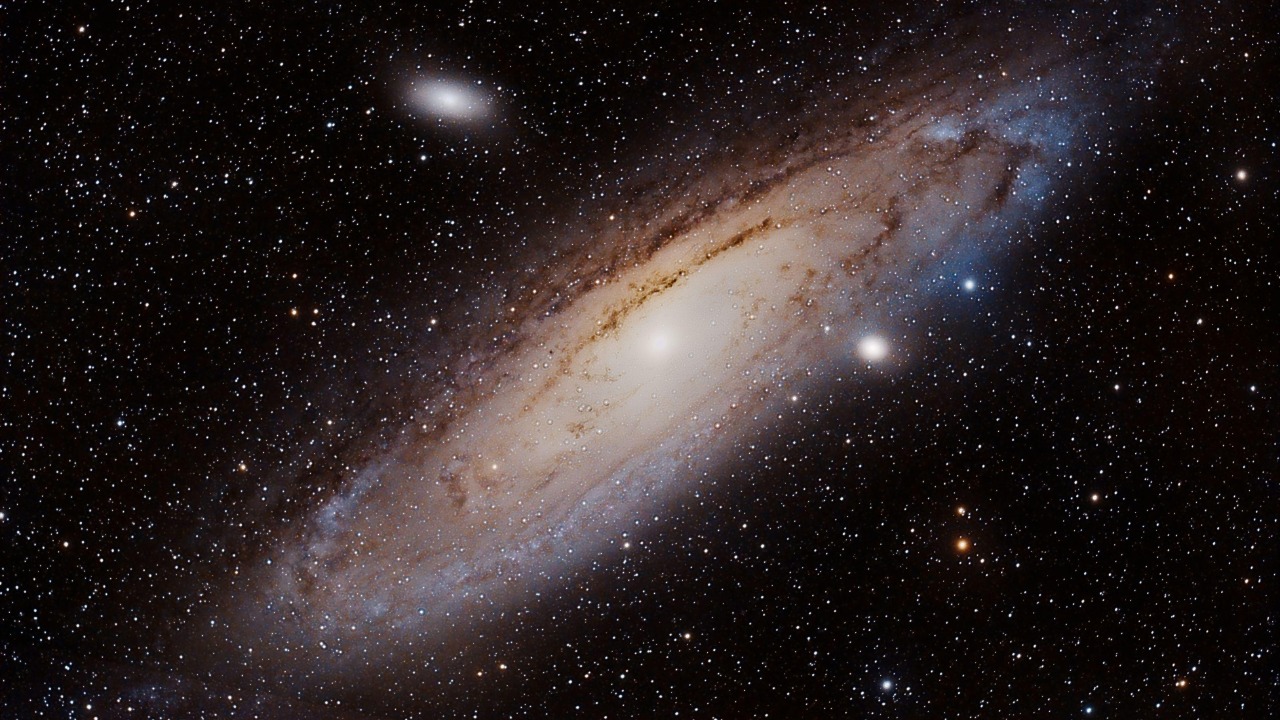
The James Webb Space Telescope (JWST) has unveiled a surprising level of chaos in the early universe’s galaxies, challenging established models of cosmic evolution. These observations reveal that some galaxies formed and evolved much faster than previously thought, with structures like star bars indicating rapid development. This raises intriguing questions about the accuracy of current cosmological models and whether JWST’s findings could redefine our understanding of the universe’s formative years.
Discoveries of Chaos in Early Galaxies
The James Webb Space Telescope has provided unprecedented insights into the chaotic nature of early galaxies, revealing irregular structures and turbulent formation processes that defy previous expectations. Deep-field images captured by JWST show galaxies with disorganized gas distributions and frequent mergers, suggesting a level of disorder not anticipated in the universe’s first billion years. These chaotic features have significant implications for our understanding of star formation rates, as they disrupt traditional simulations of early cosmic history. By observing these irregularities, JWST challenges the notion of orderly galaxy development, prompting a reevaluation of how galaxies formed and evolved in the early universe. Learn more.
Rapid Growth and Evolution of Early Galaxies
JWST’s discoveries also highlight the surprisingly rapid growth of some early universe galaxies. Observations indicate that these galaxies accumulated mass at rates far exceeding previous predictions, sometimes by several times. This rapid growth is exemplified by the presence of star bars, which formed as early as 370 million years after the Big Bang. These structures suggest that the universe’s early galaxies evolved much faster than previously thought, challenging existing models of galaxy formation. Environmental factors, such as dense proto-clusters, may have accelerated this growth in select galaxies observed at redshifts greater than 10. These findings underscore the need to revisit our understanding of the factors driving galaxy evolution in the early universe. Read more.
Challenges to Established Cosmological Models
The revelations from JWST have sparked debates about whether the telescope has effectively “broken” cosmology by presenting data that conflicts with the Lambda-CDM model’s timelines for structure formation. Observations from 2022 onward show fully formed galaxies at epochs when theory predicted only primordial dwarfs. These discrepancies in galaxy maturity levels have led experts to question whether revised dark matter theories or observational biases are needed to reconcile the data. The potential breaks in established models highlight the importance of JWST’s findings in reshaping our understanding of the universe’s early development. Explore further.
Unveiling the Early Universe Through JWST
JWST’s infrared capabilities have been instrumental in drawing back the curtain on the universe’s early galaxies, capturing light from objects over 13 billion years old that were invisible to previous telescopes like Hubble. Key programs, such as the Cosmic Evolution Early Release Science survey, have enabled these groundbreaking revelations since JWST became operational in 2022. As JWST continues its observations, it is expected to refine our view of chaotic and fast-evolving galaxies, potentially reshaping timelines for the universe’s first 500 million years. These ongoing discoveries promise to deepen our understanding of the universe’s formative stages and the processes that shaped its evolution. Discover more.